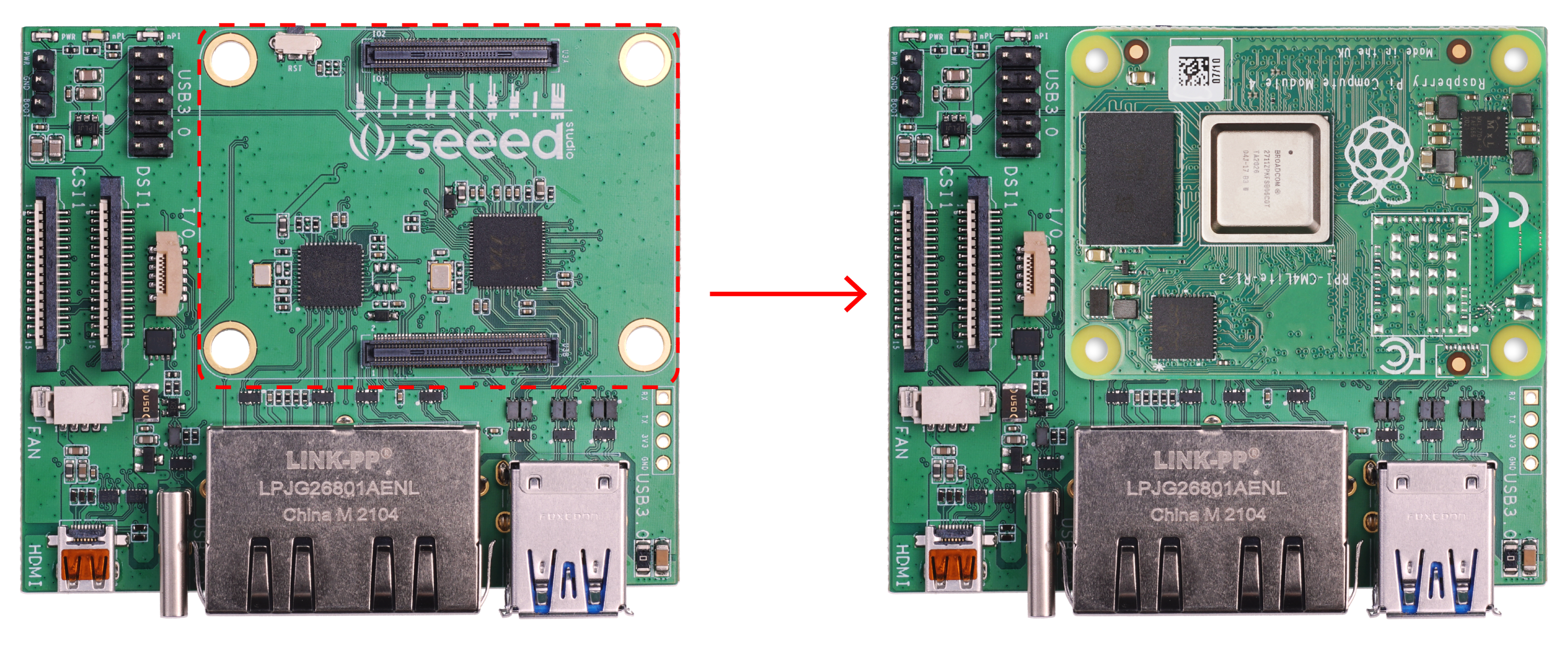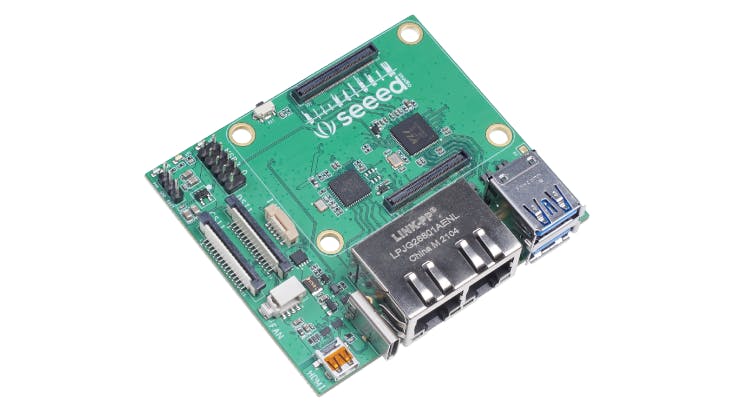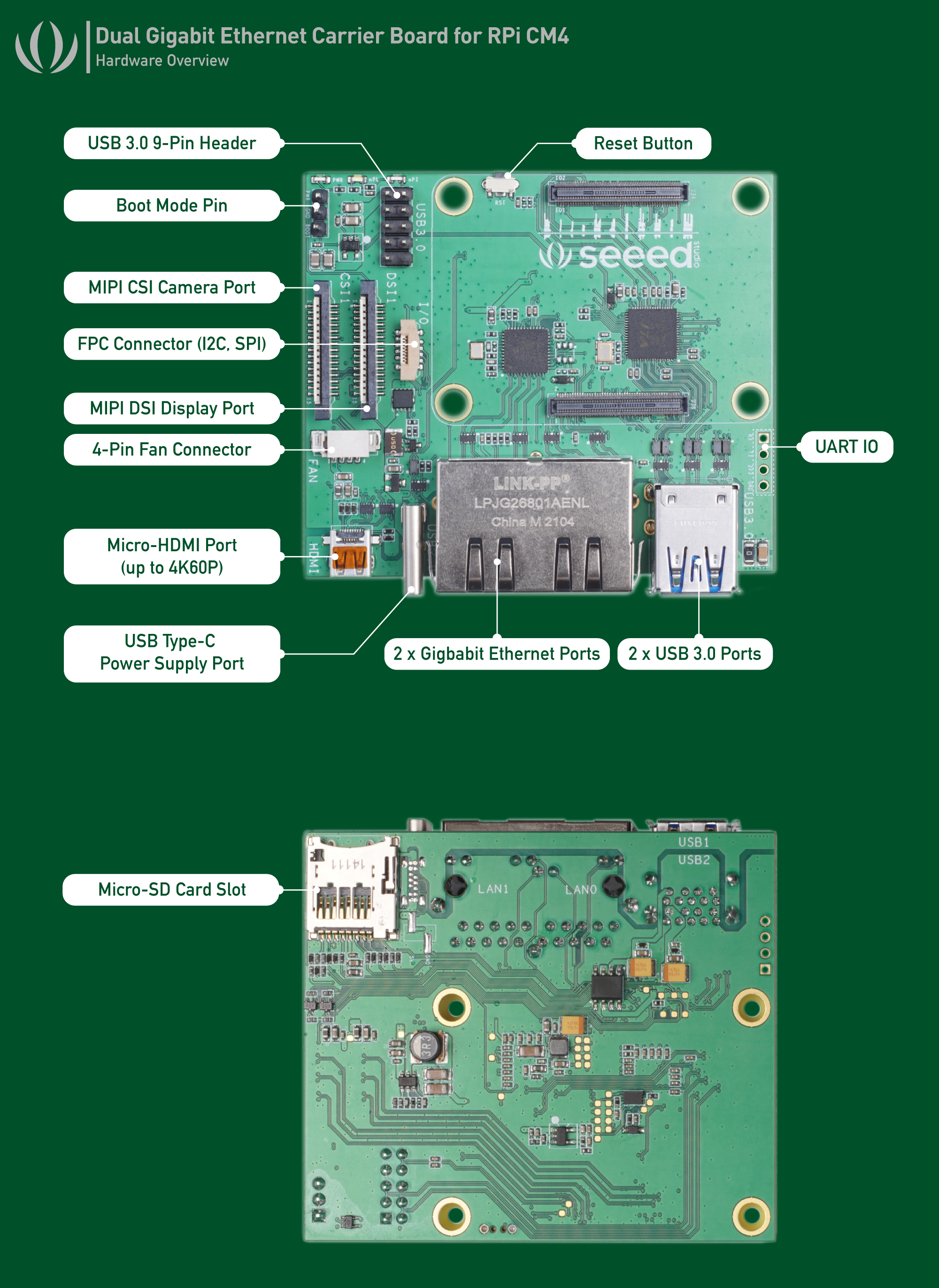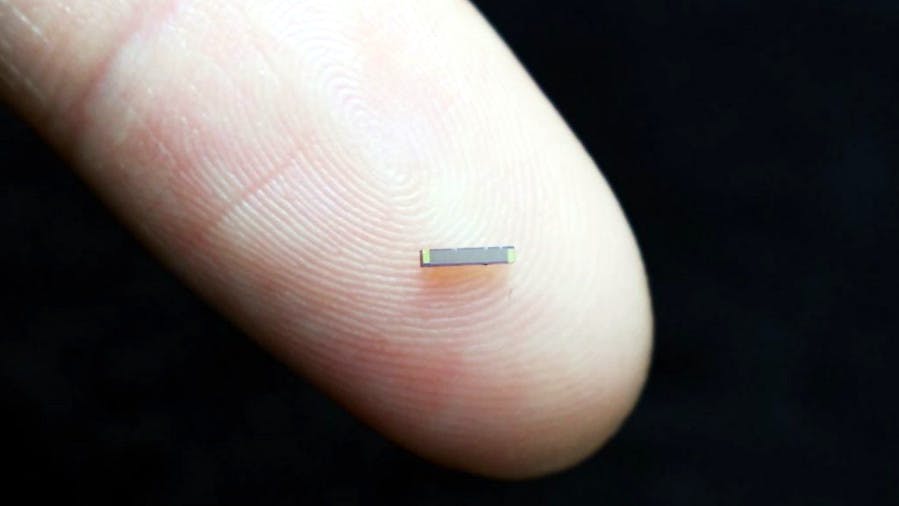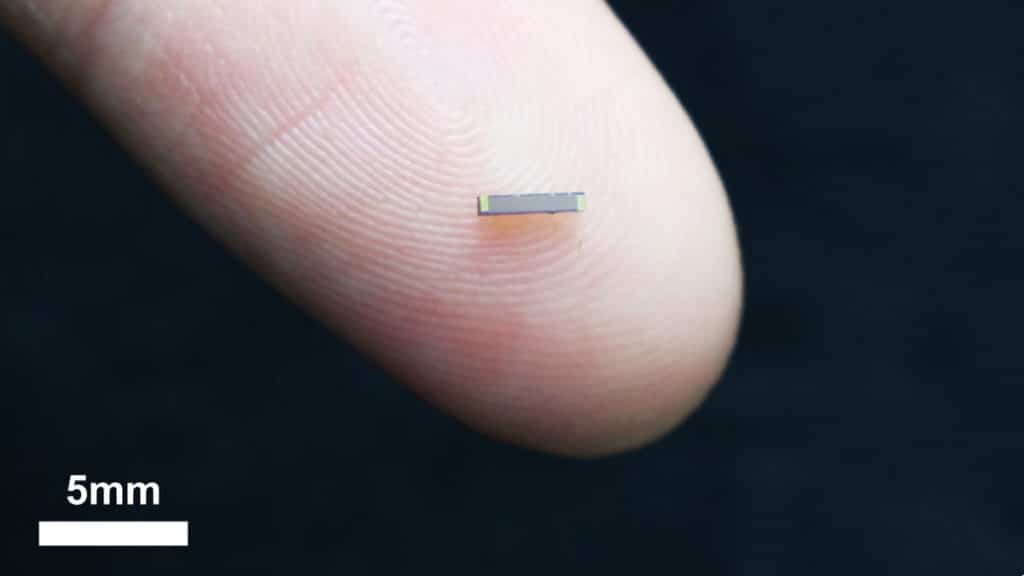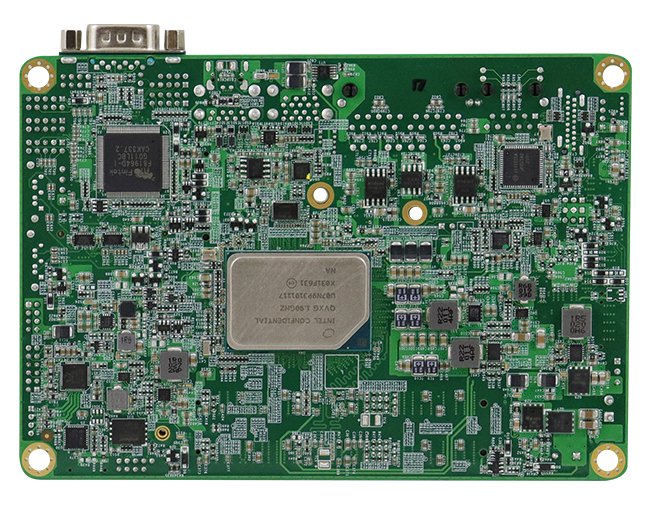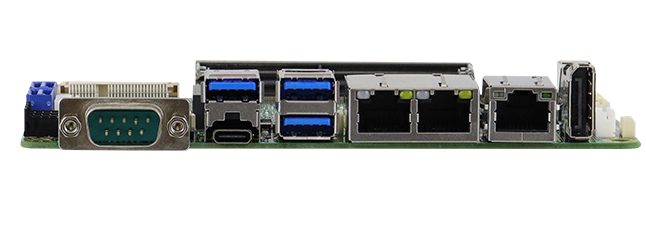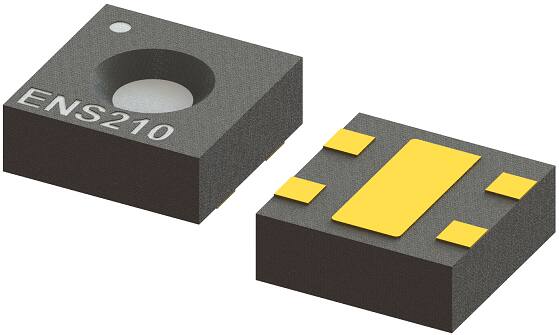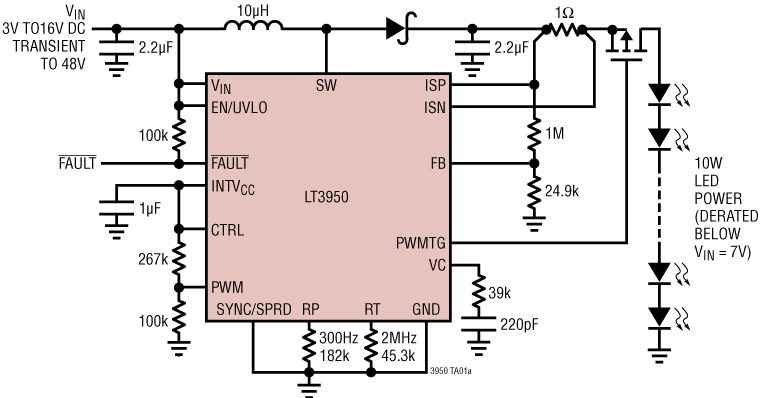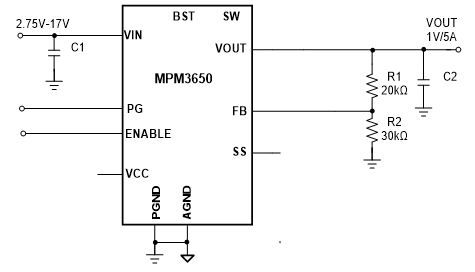
Banana Pi has unveiled a more compact model of their Amlogic S905X3 based single board computer equipped with a quad -A55 Amlogic S905X3, 2GB RAM, 16GB eMMC, Gigabit Ethernet, WiFi, and BT connectivity, HDMI video output, 40-pin GPIO, and two USB 3.0 ports — the BPI-M2 Pro SBC.
The new BPI-M2 Pro is second in line of a bigger but similar open-spec Banana Pi BPI-M5 SBC that closely follows the Raspberry Pi 3 Model B form factor. The BPI-M2 Pro shares almost the same specifications as the BPI-M5 except for some slight differences which I would just like to share briefly.
The BPI-M5 board is also an Amlogic-based board with 4x, up to 2GHz Cortex-A55 cores, a Mali-G31 GPU running @up to 650Mhz, 16GB to 64GB eMMC, a microSD slot and 1GbE LAN. The BPI-M5 has double the RAM of the BPI-M2 Pro at 2GB as well as up to 4x USB 3.0 ports instead of the 2x found in the BPI-M2 Pro. There’s also an audio jack in the BPI-M5 that is not available with the BPI-M2 Pro.
The BPI-M2 Pro on the other hand adds a WiFi/BT module and uses a DC Jack for power supply input instead of the Type-C port.
The new SBC also follows in a line of other BPI-M2 boards like the Banana Pi BPI-M2 Berry and the Banana Pi BPI-M2+ which is of the same size as the BPI-M2 Pro.

Features and Specifications of the Banana Pi BPI-M2 Pro include:
- Processor: Amlogic S905X3 (4x Cortex-A55 @ up to 2GHz); 12nm fab
- ARM Mali-G31 GPU @ up to 650MHz
- 2GB LPDDR4 RAM
- 16GB eMMC with optional up to 64GB
- MicroSD card slot for up to 256GB
- 1x Gigabit Ethernet port
- Dual-band 802.11 b/g/n/ac WiFi 5 1×1
- Bluetooth 4.2 (Realtek RTL8821CU) module
- HDMI 2.1 port for up to 4K@60Hz with audio, HDR, CEC, EDID
- 2x USB 3.0 host ports
- 1x Micro-USB OTG port
- 3-pin UART header for serial console
- 40-pin Raspberry Pi compatible header (28x GPIO with support for UART, I2C, SPI or PWM plus 5V, 3.3V, GND)
- IR receiver
- 2x LEDs (Power and status LEDs)
- SW key
- Power Supply: 5V/3 DC input jack (micro USB port does not support power input)
- Reset button and boot switch
- Dimensions: 65 mm x 65 mm
- Weight: 58 grams
- Operating system: Android and Linux
The SBC is supported with Android 9 and Linux flavors including Ubuntu, Debian, and CoreELEC. Since software support is not really a strength of Banana Pi, judging from past projects, the BPI-M2 Pro will most likely be more appreciated and better used by experienced developers and engineers.
There is no information on pricing and availability yet, but the board will likely cost less than the BPI-M5 that sells for $53. Further details however may be found on the company’s wiki page.



